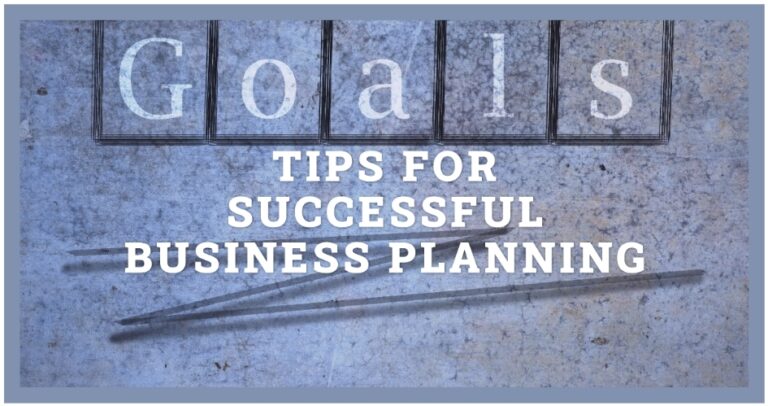How2invest A Comprehensive Step by Step Guide for Beginners & Investors
how2invest can seem daunting to newcomers, but it’s a crucial step towards financial independence and building wealth. This comprehensive guide is designed to walk beginners and seasoned investors through investing, offering tips, strategies, and essential advice to help you navigate the investment landscape confidently. Whether you’re looking to grow your savings, plan for retirement, or diversify your portfolio, understanding the basics of how2invest is the first step on your journey.
Understanding how2invest Basics
how2invest is allocating resources, usually money, with the expectation of generating an income or profit. This can be through various means, such as stocks, bonds, mutual funds, or real estate. The goal is to put your money to work so it grows over time, outpacing inflation and contributing to your financial goals.
Why how2invest?
- Beat Inflation: how2invest can help you maintain purchasing power by outpacing inflation.
- Build Wealth: It allows your money to grow, especially if you reinvest dividends and earnings.
- Achieve Financial Goals: Investing can help you reach long-term goals, such as retirement, buying a home, or funding education.
Setting Your Investment Goals
Before diving into investment options, it’s crucial to understand what you’re aiming to achieve. Goals can range from saving for retirement, buying a house, funding education, or simply growing wealth. Your investment strategy will influence your objectives, risk tolerance, and time horizon.
Understanding Risk Tolerance
Risk tolerance is the degree of variability in how2invest returns an investor is willing to withstand. It’s essential to assess your risk tolerance accurately to build a portfolio that aligns with your comfort level and financial objectives. High-risk investments typically offer higher potential returns but come with increased volatility.
Learning About Investment Options
Stocks Buying company shares offer the potential for high returns but with higher risk.
Bond loans to the government or corporations generally offer lower returns but with less risk than stocks.
Mutual Funds Pooled money from many investors to buy a diversified portfolio of stocks and bonds professionals manage.
Exchange-traded funds (ETFs) are Similar to mutual funds but traded on stock exchanges, offering diversification and lower fees.
Real Estate Investing in property offers potential for rental income and capital appreciation but requires significant capital and management.
Index Funds A type of mutual fund or ETF designed to follow the components of a market index, offering diversification and lower risk.
Opening an Investment Account
To start investing, you’ll need to open an investment account. This could be a brokerage account, a retirement account (like an IRA or 401(k)), or a robo-advisor account. Each has its advantages, depending on your investment goals and preferences. Research and choose a reputable institution that aligns with your needs.
Creating an Investment Strategy
Your investment strategy should be based on your goals, risk tolerance, and time horizon. It could involve a mix of stocks, bonds, and other assets. A diversified portfolio can help manage risk and achieve more stable returns.
Diversification Don’t put all your eggs in one basket. Spread your investments across different asset classes to reduce risk.
Asset Allocation Decide how much of your portfolio to allocate to different asset types based on your risk tolerance and investment horizon.
Regular Investments Consider setting up automatic contributions to your investments to take advantage of dollar-cost averaging and reduce the impact of market volatility.
Researching Investments
Before investing, research potential investments carefully. Look at the historical performance, fees, and risks involved. Understanding the fundamentals of each investment option will help you make informed decisions.
Monitoring and Adjusting Your Portfolio
how2invest is not a set-and-forget activity. Regularly review your portfolio to ensure it aligns with your goals and risk tolerance. Be prepared to adjust your investments as your financial situation or goals change.
Common Mistakes to Avoid
- Timing the Market: Predicting market highs and lows is difficult and often counterproductive.
- Ignoring Fees: High fees can significantly erode returns over time. Pay attention to the costs associated with your investments.
- Letting Emotions Drive Decisions: Emotional reactions to market fluctuations can lead to poor investment decisions. Stick to your strategy.
Conclusion
how2invest is a powerful tool for building wealth, but it requires a strategic approach and a clear understanding of your financial goals and risk tolerance. This step-by-step guide allows beginners and experienced investors to develop a solid investment plan. Remember, the key to successful investing is patience, research, and a commitment to your long-term financial health. Start small, stay disciplined, and watch your investments grow over time.







